
Roots
There exists a quiet hum in the coil of a strand, a silent language spoken through generations. For those whose ancestry traces through the continents of Africa and beyond, hair is more than a biological outgrowth; it is a repository of shared memory, a living archive of identity and resilience. To understand the shadows that have fallen upon textured hair—the dismissal, the misjudgment, the outright discrimination—we must first listen to the echoes from its source, acknowledging the profound reverence held for this part of the human form in its ancient contexts. This historical memory is a part of who we are, a constant pulse in our collective identity.
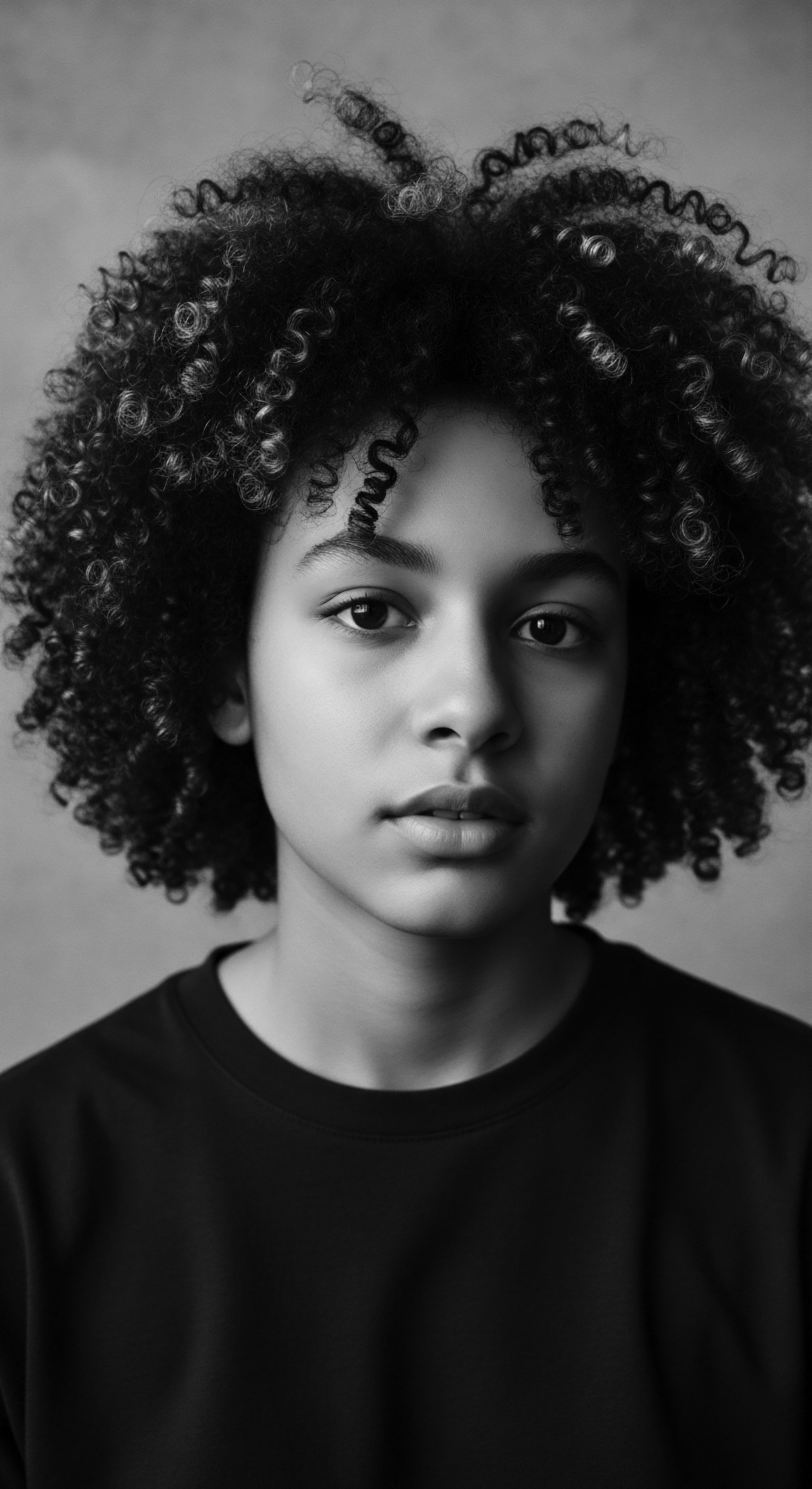
Pre-Colonial Heritage of Hair
Before the tides of colonial expansion began to reshape the world, African societies viewed hair with immense veneration. Hairstyles served as powerful non-verbal cues, conveying a person’s Lineage, Social Standing, marital status, age, and even religious affiliation. The head, considered the most elevated part of the body, was often seen as the closest point to the divine, a conduit for spirits and wisdom. The artistry involved in hair sculpting was a communal practice, a cherished ritual often performed by senior women who passed down these skills, fostering deep bonds within families and communities.
Specific regional expressions further underscore this rich heritage. For instance, the Yoruba people of Nigeria created intricate hairstyles that communicated their community roles, while the Himba tribe in Namibia styled dreadlocks with red ochre paste to mark their connection to the earth and their ancestors. These styles were not fleeting trends; they were millennia in the making, reflecting complex systems of knowledge, including principles of fractal mathematics within their designs. Ancient Egyptians, too, valued hair, with practices for care and styling that extended beyond simple adornment.
Ancient African hairstyles were not merely adornments; they were profound symbols of identity, community, and spiritual connection.

The Dawn of Disdain
The arrival of Europeans on the African continent marked a tragic shift in the perception of textured hair. Early European observers, encountering hair textures distinctly different from their own, began to associate these variations with negative qualities. Textured hair was often stigmatized as ‘woolly,’ likened to animal fleece, and deemed unattractive, directly opposing the straight, smooth characteristics valued in White hair. This ideological framework laid the groundwork for a destructive hierarchy, asserting that proximity to ‘whiteness,’ particularly in features like hair, indicated beauty and inherent worth.
This early vilification was not arbitrary; it served a calculated purpose. The comparison of Black hair to animal wool was a direct means of dehumanization, crucial for justifying the brutal institution of slavery. It was a deliberate strategy to strip away the humanity of African peoples, reducing them to chattel and thereby legitimizing their enslavement. This period represents a fundamental fracturing of the relationship between textured hair and its rightful place in human dignity.
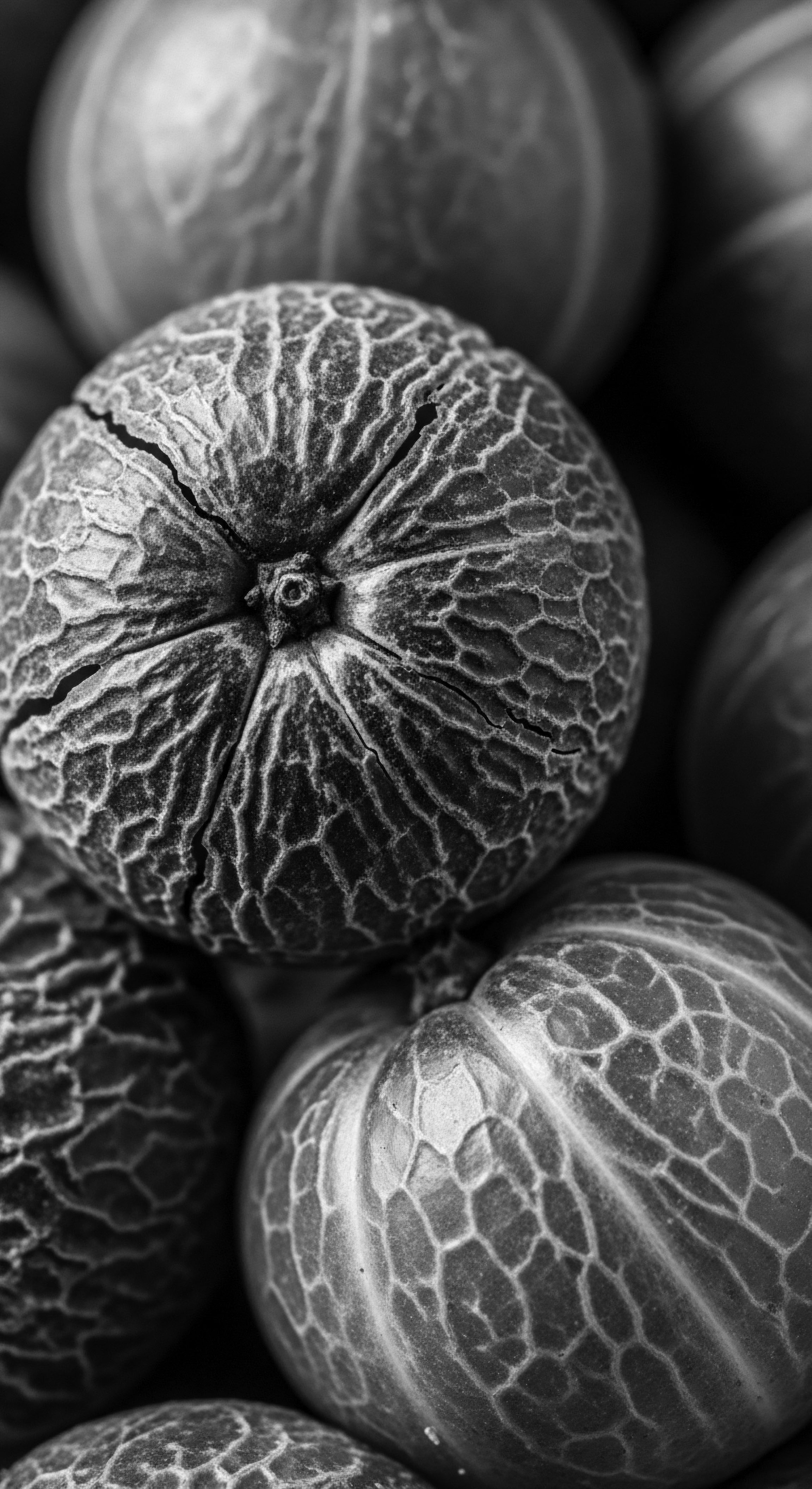
Slavery’s Severance
The transatlantic slave trade, a period of immense suffering and forced displacement, intensified the negative conditioning surrounding textured hair. One of the first acts perpetrated by slave traders upon newly enslaved Africans was the forced shaving of their heads. This act served as a barbaric symbolic castration, a deliberate attempt to sever the deep connection to cultural identity, ancestral practices, and spiritual power that hair represented.
Stripped of their traditional tools, oils, and the time for communal grooming, enslaved individuals often found their hair becoming matted and tangled, leading to its concealment under scarves or kerchiefs. These forced concealments, initially born of necessity and conditions, became an enduring symbol of imposed standards.
Within the cruel hierarchy of the plantation, the perception of hair further stratified the enslaved population. Those with lighter skin and straighter hair, reflecting European features, often received preferential treatment, sometimes being assigned to less arduous tasks within the “big house” rather than the fields. This created a bitter internal division, introducing the concept of Texturism within the Black community—a preference for straighter hair (euphemistically termed “good hair”) and discrimination against kinkier or curlier textures (“bad hair”). This tragic legacy of imposed beauty standards and internal division continues to reverberate through generations.
Even as traditional styling tools were inaccessible, ingenuity and a fierce clinging to identity persisted. Enslaved women found ways to maintain hair traditions, even using non-conventional materials like butter, kerosene, and animal fats for care, alongside combs meant for livestock. There are accounts of enslaved people braiding rice seeds into their hair as a means of survival, carrying their homeland’s agricultural heritage across the ocean, and even creating secret maps of escape routes within their cornrows. These acts were profound declarations of resistance, demonstrating that even in the face of brutal dehumanization, the spirit of ancestral practices and the ingenuity of cultural heritage could not be entirely extinguished.
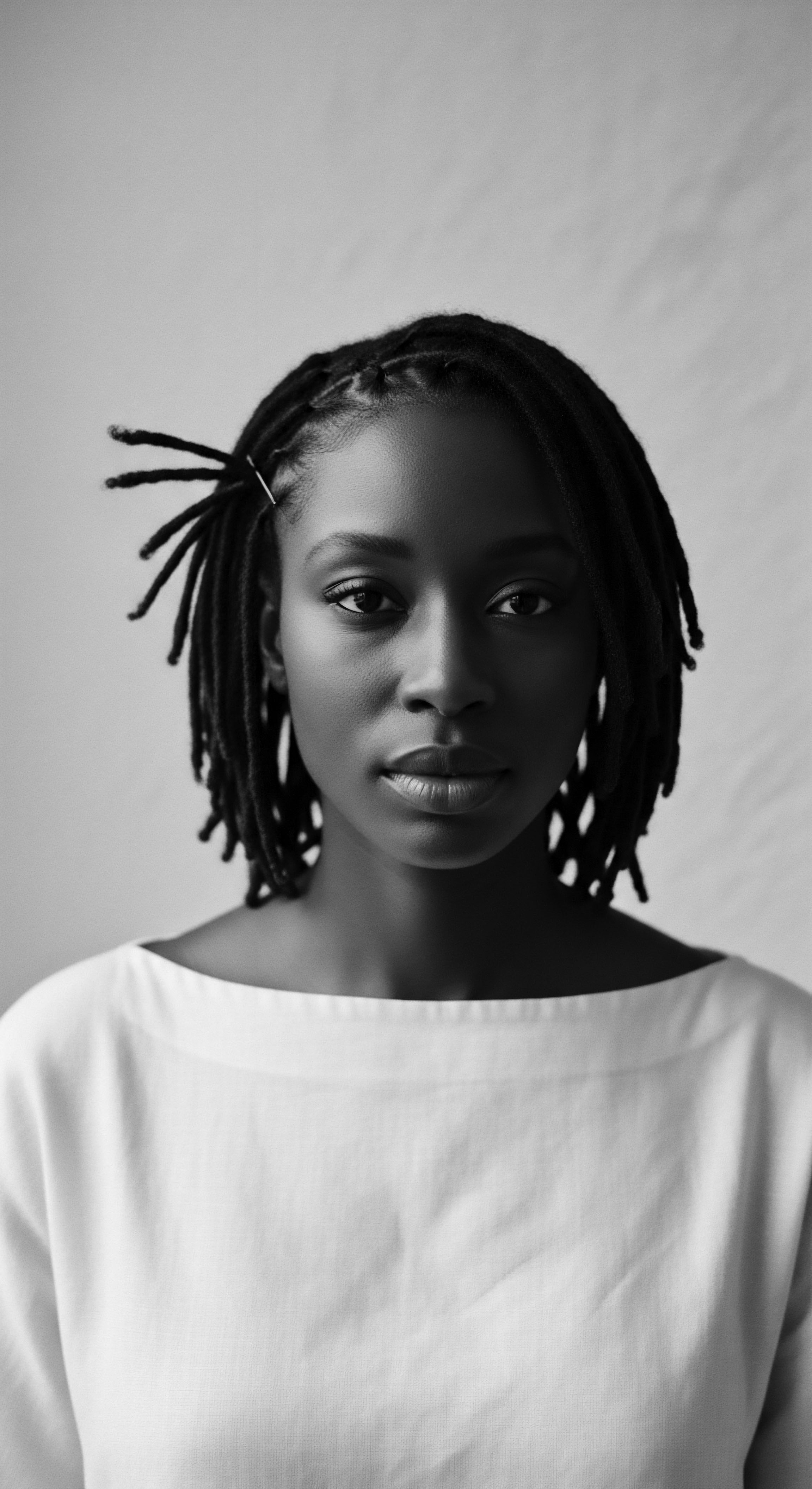
Ritual
The echoes from the past resonate with a somber chord, revealing how perceptions of textured hair became entangled with societal power structures. The insidious nature of these influences meant that outward presentation became a tool for survival, a ritual of adaptation in a world that sought to diminish Black identity. The historical push to conform, to alter the natural coil and curve, shaped the very fabric of Black hair practices, giving rise to both forced assimilation and defiant self-preservation. It is a story not of abandonment, but of an enduring relationship with self and heritage, even under duress.
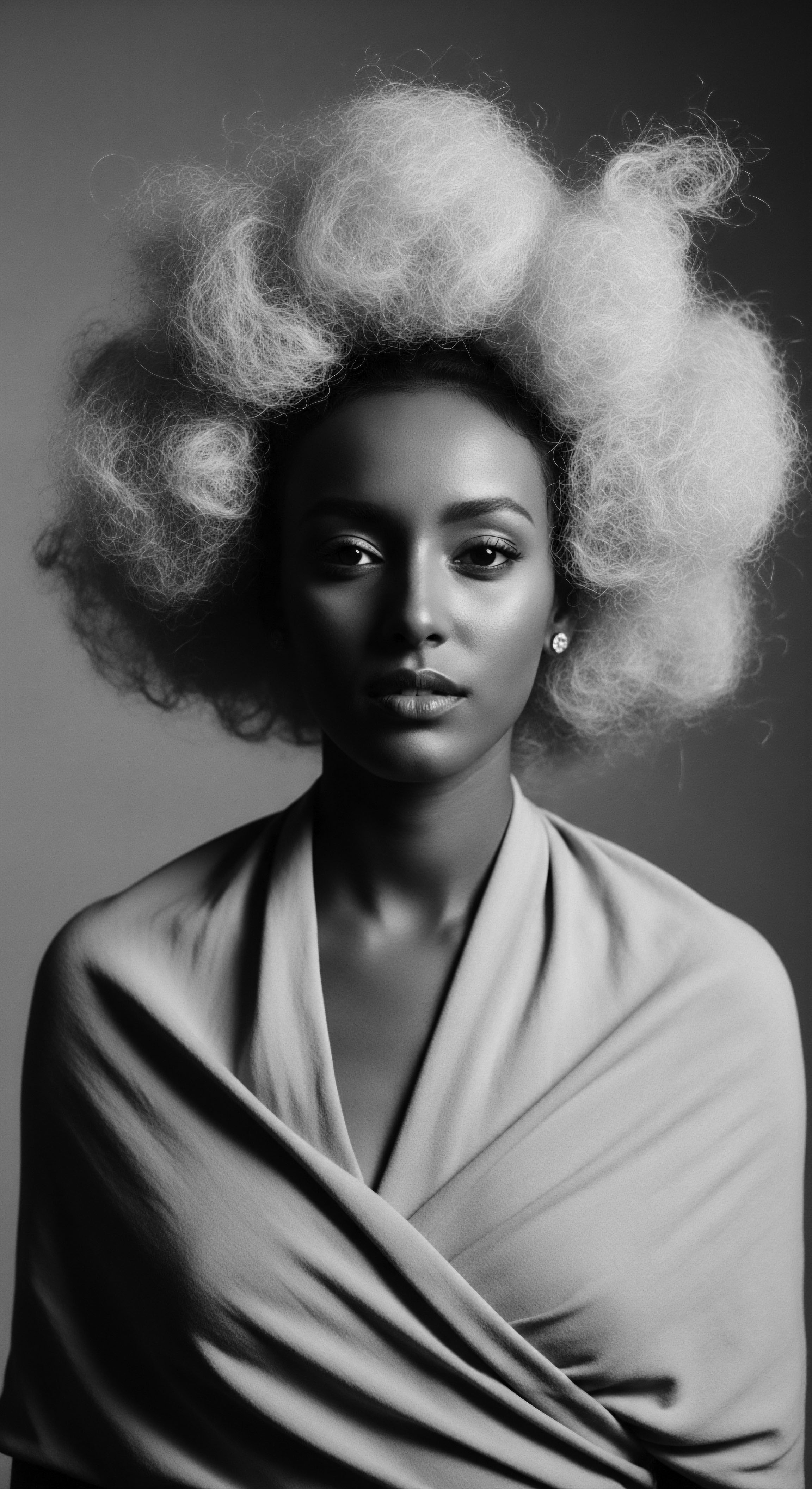
The Imposition of Standards
Following the formal end of slavery, the pressure to conform to Eurocentric beauty standards intensified, transforming hair straightening into a widespread social necessity rather than a personal preference. Straight hair was equated with “professionalism,” “respectability,” and even intelligence, while natural, tightly coiled hair was persistently deemed “unprofessional,” “unmanageable,” or “unkempt”. This systemic devaluation created tangible barriers to social and economic advancement. Individuals who retained their natural textures often faced discrimination in employment and education, facing real consequences for not adhering to these imposed norms.
This period witnessed the normalization of often damaging practices aimed at achieving a straighter aesthetic. Early methods involved hot combs, heated tools used to press hair straight. While offering a temporary alteration, these tools frequently resulted in scalp burns and hair damage.
The later advent of chemical relaxers, while providing more permanent results, introduced harsh chemicals that led to scalp irritation, breakage, and long-term health concerns, including associations with increased risk of uterine fibroids and certain cancers (White, 2008). A 2023 survey found that 61% of Black respondents used chemical straighteners because they “felt more beautiful with straight hair,” demonstrating the deep internalization of these external pressures.
The desire to align with Eurocentric beauty ideals led many to adopt straightening practices, often at significant personal cost and health risk.

The Rise of an Industry
Amidst this societal pressure, a new economic landscape emerged around Black hair care. Entrepreneurs, recognizing the unmet needs of Black women seeking to navigate these rigid beauty standards, stepped into the market. Madam C.J. Walker, a visionary African American businesswoman, built an empire by developing and marketing hair products specifically for Black hair in the early 1900s.
Her work, while sometimes associated with hair straightening, also focused on hair growth and scalp health, creating opportunities and financial independence for thousands of African American women who became her agents. This period highlights a complex interplay ❉ products designed for conformity also provided avenues for economic empowerment and a sense of shared community around hair care, even if that care was often directed towards altering natural texture.
The marketing of these products further cemented the negative perceptions. Advertisements for chemical relaxers often displayed terms such as “straight,” “smooth,” and “silky” alongside images of women with straight hair, thereby perpetuating a negative perception of naturally curly hair among Black women. The messaging was clear ❉ straight hair was the ideal, a path to acceptance and beauty. This commercial influence contributed significantly to the widespread internalization of these beauty standards, impacting self-perception and encouraging the belief that natural hair was somehow inferior.
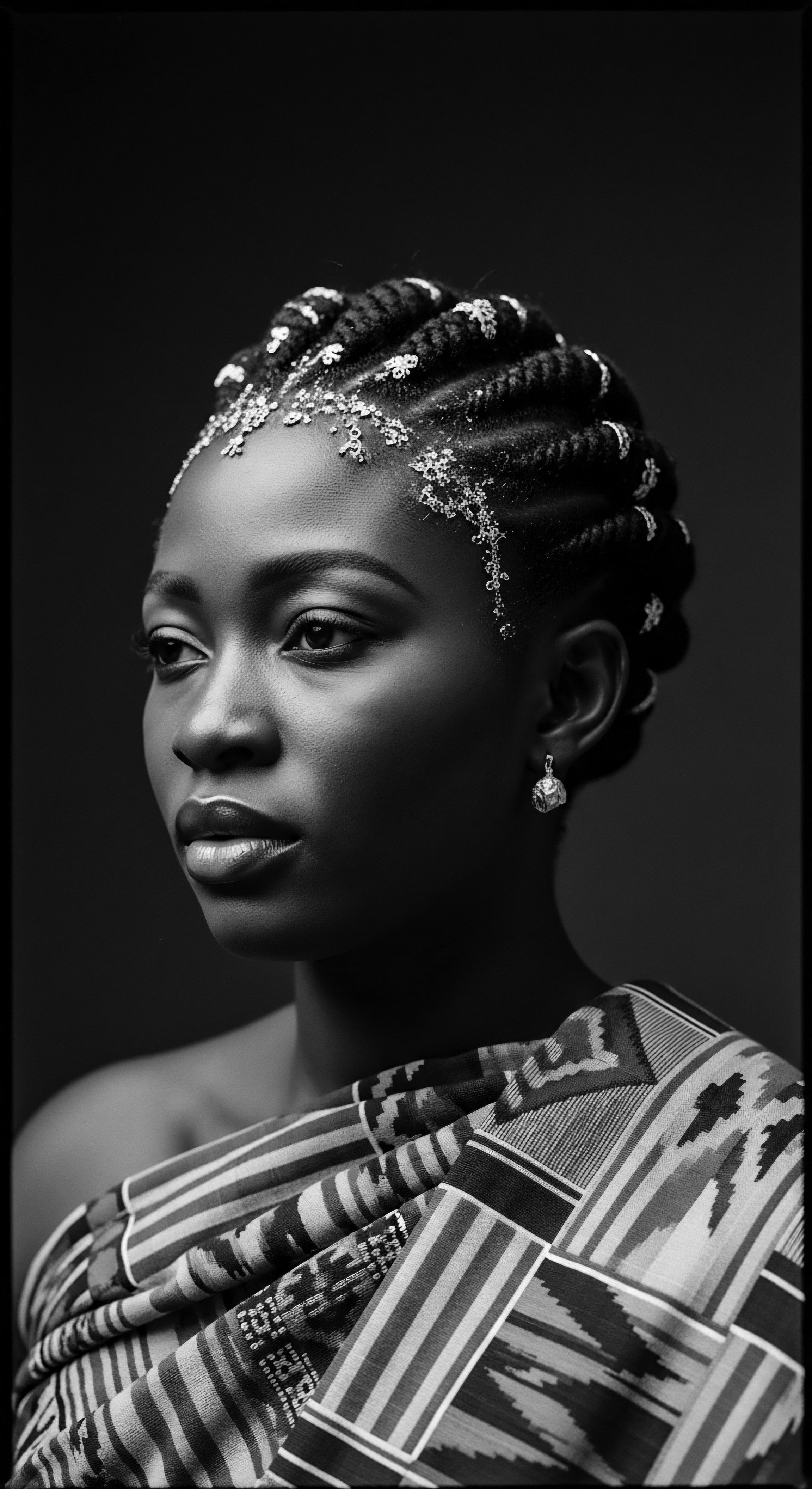
Hidden Acts of Continuity
Despite the prevailing societal pressures, traditional knowledge and care practices did not vanish entirely. Even in the shadow of imposed norms, subtle acts of self-preservation and communal care persisted. Headwraps, initially used for protection in the fields or mandated for concealment, evolved into varied fashions, carrying cultural significance and regional styles.
These wraps became a form of protection, a way to shield delicate textures from harsh environments and even from the disapproving gaze of others. They silently carried forward a legacy of adornment and practical care that transcended overt mandates.
The practice of communal hair styling, though altered, continued to hold social meaning within Black families and communities. Sundays became a day for intricate hair care, a cherished time for Black women to style their hair, often uncovering it for church services as a rare expression of their efforts. This ongoing attention to hair, even if redirected towards straightening, maintained a thread of the ancestral valuing of hair as a site of self-expression and community bonding. The ingenuity in adapting care methods, using what was available, spoke to an enduring connection to the body and its heritage, a quiet act of defiance against a world that sought to diminish it.
- Hot Combs ❉ Early 20th century tools used to temporarily straighten textured hair, often causing burns.
- Chemical Relaxers ❉ Products developed for longer-lasting straightening, containing harsh chemicals linked to health issues.
- Headwraps ❉ Used for both protection and cultural expression, evolving from forced concealment during slavery.
| Aspect Meaning of Hair |
| Pre-Colonial African Societies Symbol of identity, social rank, spiritual connection. |
| Post-Slavery Western Context Marker of inferiority, unprofessionalism, "bad hair". |
| Aspect Styling Practices |
| Pre-Colonial African Societies Intricate designs, communal rituals, natural adornment. |
| Post-Slavery Western Context Pressure to straighten, use of hot combs and chemical relaxers. |
| Aspect Societal View |
| Pre-Colonial African Societies Revered, celebrated, integrated into cultural life. |
| Post-Slavery Western Context Devalued, stigmatized, subject to discrimination. |
| Aspect The historical shift in perception reveals a deliberate erosion of ancestral valuing, replaced by standards rooted in racial hierarchy. |
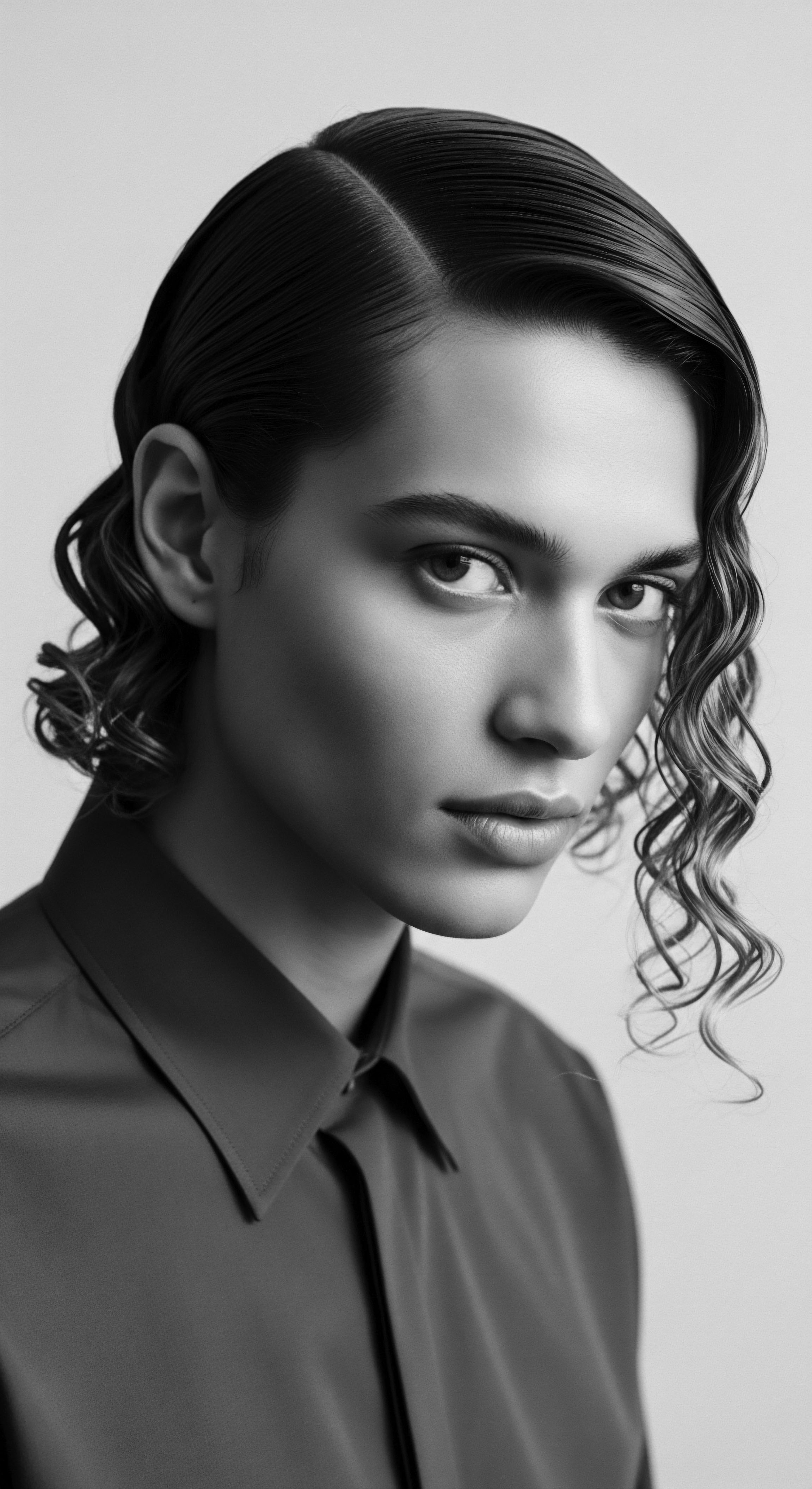
Relay
The enduring narrative of textured hair carries the weight of history, yet it also holds the promise of reclamation. The journey from centuries of imposed beauty standards to a modern resurgence of ancestral pride is a testament to the unwavering spirit of Black and mixed-race communities. This part of our exploration delves into the periods of bold resistance, the pseudo-scientific attempts to validate bias, and the ongoing legislative battles that aim to right historical wrongs. It is a story of how the physical expression of hair has become a powerful statement of cultural heritage and self-determination.

The Great Awakening
The mid-20th century, especially the 1960s and 1970s, witnessed a profound transformation in the perception and styling of Black hair, largely driven by the Civil Rights Movement and the Black Power Movement. The Afro, a voluminous hairstyle that celebrated the natural curl pattern, became a powerful symbol of Black Pride, activism, and a direct rejection of Eurocentric beauty norms. It was more than a style; it was a political declaration, a visible assertion of identity and resistance against long-standing pressures to straighten hair. Figures like Angela Davis popularized the Afro, cementing its status as an iconic statement of solidarity and self-acceptance.
Other natural hairstyles, such as cornrows, braids, and African-style headwraps, also gained prominence, representing a conscious return to ancestral aesthetics. This period marked a powerful collective decision to honor African roots and reclaim beauty on one’s own terms.
This collective shift also spurred an industry that catered to the unique needs of textured hair, moving beyond products solely focused on straightening. It was a period of rediscovery and celebration, signaling a broader movement towards self-definition and cultural affirmation within the Black diaspora. The “Black is Beautiful” movement, a cultural and political assertion of racial pride, found a potent medium of expression in natural hair.
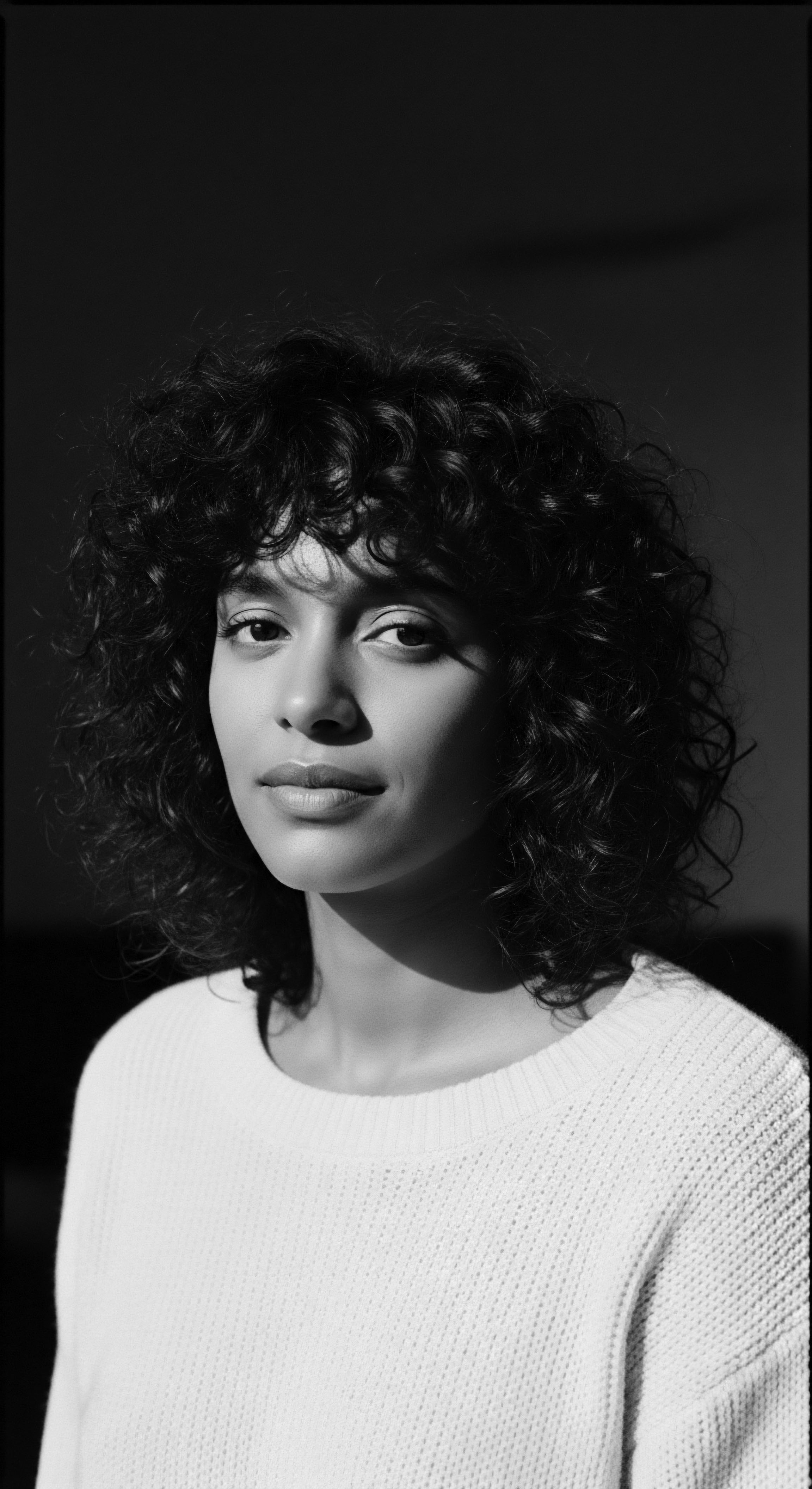
Science in Service of Bias
The negative perceptions of textured hair, far from being mere aesthetic preferences, were deliberately reinforced by pseudo-scientific theories that sought to justify racial hierarchies. In the 19th century, “scientific racism” emerged, attempting to provide empirical validation for the idea that “Africans” were a distinct, inferior species. This school of thought, championed by figures like Georges Cuvier, who classified human races based on skull beauty and civility, placed the Caucasian race at the apex, asserting its superiority in intellect and appearance. Within this framework, African hair texture was specifically targeted.
One might argue that during slavery, hair texture held more symbolic potency than skin color in marking Africans as degenerate (Patterson cited in Dabiri, 2019). This meant an African albino, for example, would still be classified as Black due to hair and facial features, despite their skin tone.
A stark illustration of this pseudo-scientific attempt to categorize and devalue Black hair comes from the “hair gauge” designed by German scientist Eugen Fischer in 1905. This tool was used to determine the “whiteness” of mixed-race individuals, specifically the offspring of German or Boer men and African women in Namibia, by measuring their hair texture. Such instruments served to validate the racist underpinnings of classification systems, reinforcing the notion that tightly coiled hair was a mark of racial inferiority. This historical legacy of “scientific” devaluation continues to influence perceptions, contributing to the idea that textured hair is “unruly,” “defiant,” or “unmanageable”—terms once used to describe Black people themselves, now applied to their hair.
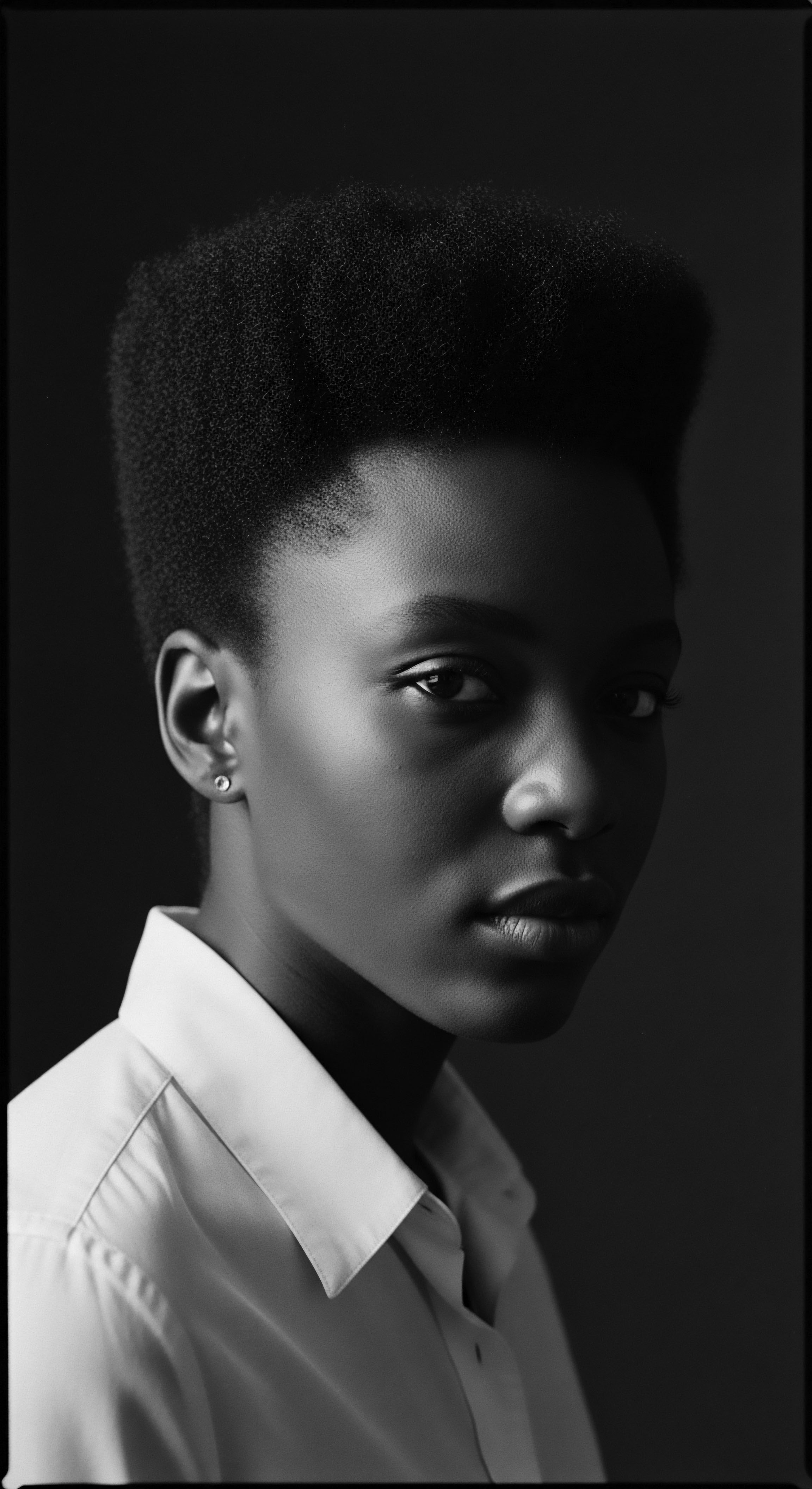
What Role Does Ancestral Knowledge Play in Hair Wellness Today?
The ancestral practices of hair care, often passed down orally through generations, possess a wisdom that contemporary hair wellness movements are now revisiting. Before colonial disruption, various African cultures utilized natural ingredients from their environment for cleansing, moisturizing, and styling. These practices were holistic, connecting hair health to overall well-being and spiritual harmony. Oils, herbs, and specific preparation methods were integral to maintaining the vitality of textured hair, which, with its unique structure of tightly coiled strands and curved follicles, requires particular approaches to retain moisture and prevent breakage.
Today, there is a renewed appreciation for these traditional ingredients and methods. Many contemporary hair products draw inspiration from ancestral remedies, recognizing the efficacy of ingredients like shea butter, various natural oils, and plant-based cleansers that have been used for centuries. This reconnection allows for a deeper understanding of textured hair’s intrinsic needs, moving beyond a framework of “taming” or altering it, and towards one of nourishing and honoring its natural state. This integration of ancient wisdom with modern scientific understanding offers a path to truly holistic hair care, celebrating the biological resilience of textured hair while respecting its cultural heritage.

Legislative Strides for Textured Hair?
The battle against hair discrimination has moved from social protest to legal and legislative action. The CROWN Act (Creating a Respectful and Open World for Natural Hair), first introduced in California in 2019, represents a significant legislative effort to protect against discrimination based on race-based hairstyles and hair texture. This legislation explicitly prohibits discrimination in employment and education against styles historically associated with race, such as braids, locs, twists, and Bantu knots.
The urgency for such laws is evident in contemporary experiences. A 2020 study, for example, found that Black women with natural hairstyles are more likely to be perceived as less professional and, consequently, less likely to gain employment compared to Black women with straightened hair. Another study indicated that Black women are 1.5 times more likely to be sent home from work because of their hair, and 80 percent more likely to alter their natural hair to conform to workplace norms. These statistics underscore the ongoing systemic bias rooted in historical perceptions.
As of July 2024, twenty-five U.S. states have passed some form of legislation prohibiting discrimination based on hair texture, though a federal CROWN Act still awaits full passage. These legislative actions stand as crucial steps in dismantling the discriminatory structures that have for too long devalued textured hair, affirming the right of individuals to express their cultural identity without professional repercussions.
- Dehumanization During Slavery ❉ Forced head shaving and comparison to animal wool.
- Eurocentric Beauty Standards ❉ Straight hair as the ideal, leading to “good hair” vs. “bad hair” concepts.
- Scientific Racism ❉ Pseudo-scientific attempts to prove inferiority based on hair texture.
- Socio-Economic Pressure ❉ Need to conform for employment and educational opportunities.
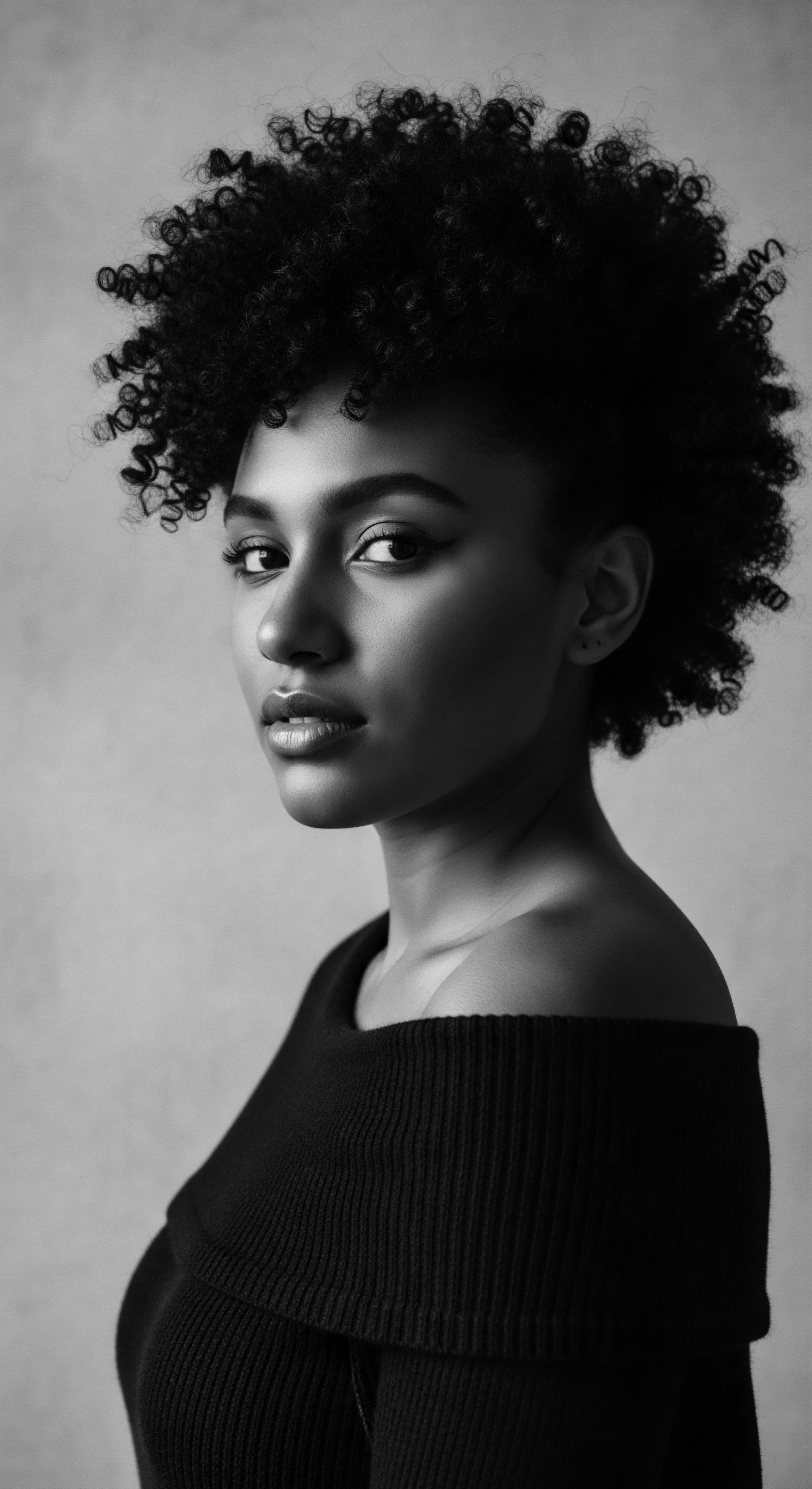
Reflection
The journey through the historical landscape of textured hair, from its celebrated place in ancestral practices to the shadows cast by colonialism and systemic prejudice, reveals a profound story of resilience. The “Soul of a Strand” is not simply a poetic phrase; it is a recognition of the living memory held within each coil and curl, a testament to enduring spirit. Our hair, deeply entwined with our identity and heritage, has been a battleground, a canvas, and a crown. Understanding its past is not about dwelling in old wounds, but about recognizing the roots of contemporary challenges and celebrating the unwavering strength of cultural identity that has persisted against formidable odds.
The ongoing conversation about textured hair is a continuous affirmation of self-worth, a collective embrace of a heritage that demands to be seen, respected, and cherished. It is a commitment to ensuring that the future holds a space where every strand tells a story of pride, unburdened by historical misperceptions, and celebrated in its authentic form.
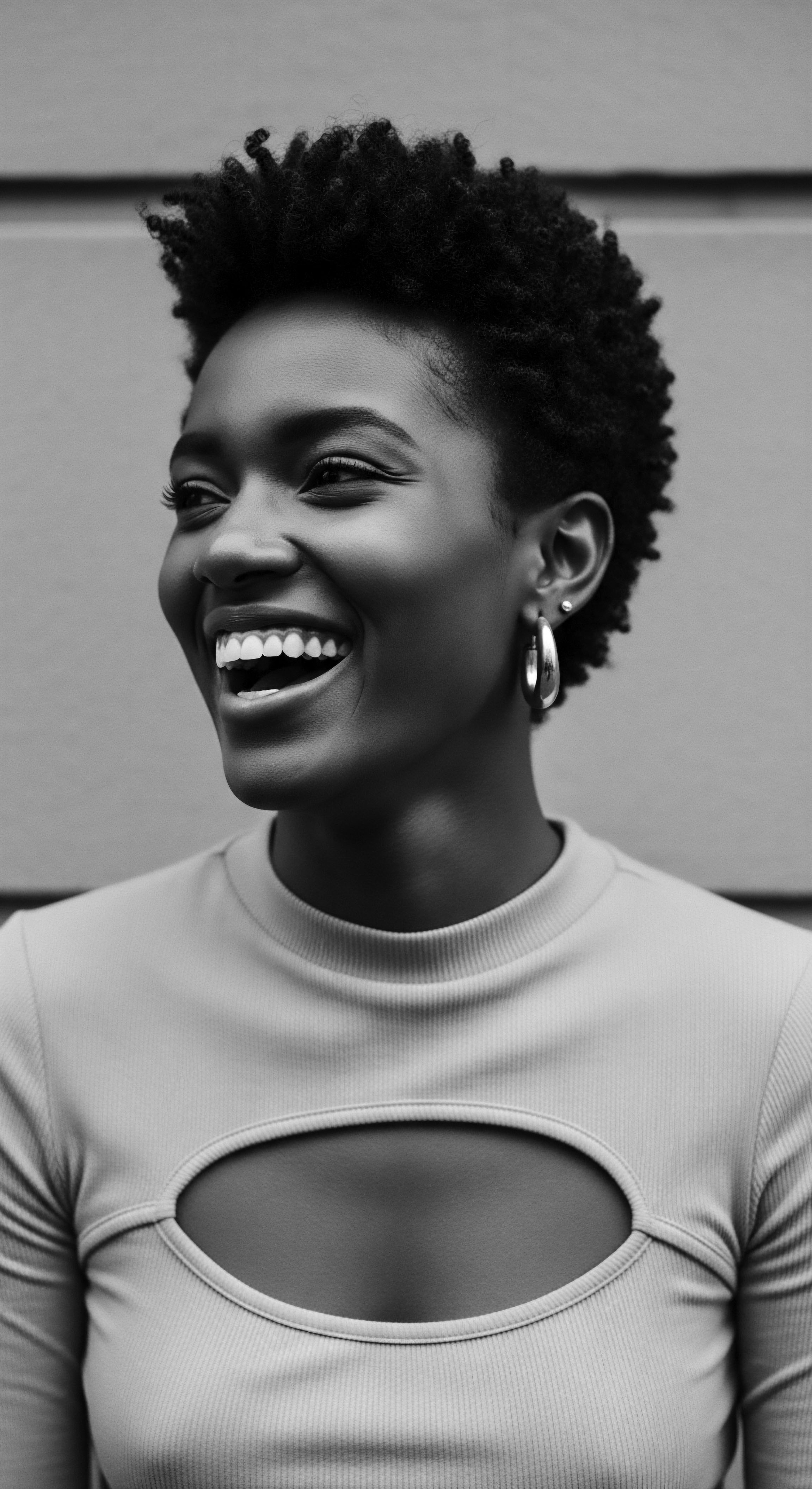
References
- Byrd, Ayana D. and Lori L. Tharps. Hair Story ❉ Untangling the Roots of Black Hair in America. St. Martin’s Press, 2001.
- Dabiri, Emma. Don’t Touch My Hair. Penguin, 2019.
- Opie, Tina R. and Katherine W. Phillips. “Hair Penalties ❉ The Negative Influence of Afrocentric Hair on Ratings of Black Women’s Dominance and Professionalism.” Frontiers in Psychology, vol. 6, 2015.
- Patton, Tracy Owens. African American Women and Hair ❉ Is It More Than Hair? Hampton Press, 2006.
- White, Deborah G. Ar’n’t I a Woman? Female Slaves in the Plantation South. W. W. Norton & Company, 2008.
